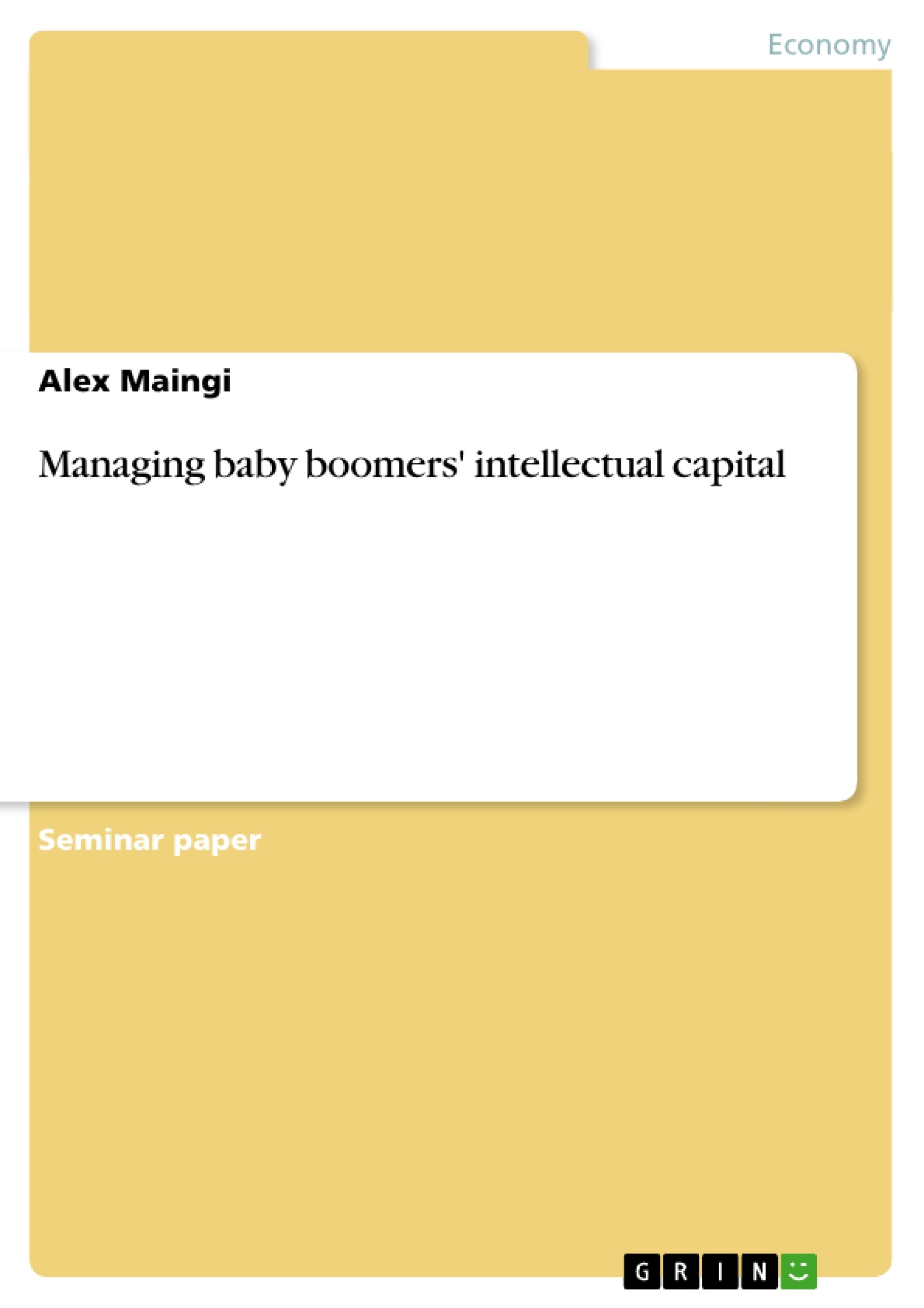The human resource in America is remarkably changing. Throughout most of the last century, businesses and organizations could depend on a steady flow of potential employees with the required skills as well as career expectations that were required by the organizations. Nonetheless, this is no longer guaranteed. Presently, the technology, demographics, culture as well as new sourcing processes are making top managers to re-think hard their strategy regarding their workforce. As Welsh, Gordon, & Williams (2008) clearly observes, organizations hoping to attain and maintain high performance have to take a broad approach to comprehend this change, assess the effect and formulate a mix of solutions to possible manage this aspect.
This challenging aspect is partly because of demographics. The stable flow of employees has been out of order. The available statistics are alarming: Every one hour, six baby boomers are retiring; indeed, according to Smith (2007) over 75 million of these baby boomers will be retired by 2011. The retirement rate will now be high than the inflow of talent/skilled workforce. With the high rate of retirement and low rates of birth rates in the United States, the present situation of the workplace environment is in doubt at best. The aim of this position paper is to examine opposing view on managing talent of baby boomers intellectual capital prior to their retirement.
Inhaltsverzeichnis (Table of Contents)
- Introduction
- Examining the workforce mix
- Managing baby boomers intellectual capital
- Technology use
- Outsourcing
- Mentoring
- Opposing views
- Business acumen is better than mentoring
Zielsetzung und Themenschwerpunkte (Objectives and Key Themes)
This paper aims to analyze opposing viewpoints on managing the intellectual capital of baby boomers before their retirement, highlighting the challenges posed by their impending departure and exploring various strategies to address the resulting talent gap.
- The impact of baby boomer retirements on the workforce
- Strategies to manage intellectual capital loss, including technology, outsourcing, and mentoring
- The importance of addressing the needs and expectations of younger generations
- The limitations of traditional mentoring approaches in a changing workplace
- The value of business acumen and its potential role in mitigating talent shortages
Zusammenfassung der Kapitel (Chapter Summaries)
The paper begins by introducing the changing landscape of the American workforce, highlighting the increasing number of baby boomers reaching retirement age and the potential consequences for businesses. The author then examines the demographic trends and the anticipated shortage of skilled workers, emphasizing the need for organizations to develop strategies to address this challenge.
The paper explores three key approaches to managing the intellectual capital of baby boomers: technology, outsourcing, and mentoring. The use of technology is presented as a potential solution for knowledge transfer and communication, while outsourcing is explored as a way to mitigate the loss of skilled workers. Mentoring is highlighted as a vital tool for developing younger employees, but the author also acknowledges potential challenges in implementing effective mentoring programs.
The final section delves into opposing viewpoints, arguing that traditional mentoring practices may not be sufficient to bridge the talent gap. The author emphasizes the importance of business acumen and its role in filling the skills gap, suggesting that developing business skills among technical employees could be a more effective approach than solely relying on mentoring.
Schlüsselwörter (Keywords)
The key concepts explored in this paper include baby boomer retirement, intellectual capital, talent management, workforce planning, technology, outsourcing, mentoring, business acumen, generational differences, and workforce succession.
- Quote paper
- Alex Maingi (Author), 2011, Managing baby boomers' intellectual capital, Munich, GRIN Verlag, https://www.grin.com/document/269960



